Your book is brilliant. Polished perfection.
You’ve slaved over every word. You’ve edited it mercilessly and packed it up with an eye-catching cover and captivating blurb.
You’ve posted and promoted on Facebook and Twitter. You’ve done author interviews and added a free opt-in to your website to build your email list.
So where are the influx of readers? Why aren’t you getting more sales for your books? It’s beyond frustrating. What can you do? Is there a way to reach more readers? Where are they?
There is a smarter way to be marketing your work – and it comes down to knowing your ideal reader.
Defining your ideal reader means knowing who they are, where they are found (online and off) and what content interests them. Knowing what your readers want means that you can promote your book in ways that best appeal to them instead of pushing out promotional content to an empty void. The better you know your readers and what appeals to them, the more successful your book marketing will be.
So where to begin? No doubt you’ve already looked over articles before telling you to niche it down to demographics and interests. We are going to take that one step further. I want you to think of one person that loves your books. That’s right, one person. It’s best if you can make it a real-life person (it could be an acquaintance, co-worker or a friend) but if you can’t think of anyone in your circle try to form an image of who this person is. For those already published think of a loyal fan who buys and voraciously reads every book you write (and no, your mom or any other family member doesn’t count here). If you are unpublished think of one person who would purchase and read your future book.
Once you have that person in mind I want you to get really clear on how they think. Ask yourself, why would this person purchase my book? What is about my book that appeals to them? What is about your book that this person is going to love? What is going to keep them turning pages and purchase all your future publications?
Write out a list of everything your book provides this reader. This might be escapism, an adrenaline rush, knowledge or romance. What themes does your book cover? If it is a non-fiction what problems does it solve? How do you walk your readers through the problem-solving process?
Now we’ll take this one step further, looking at how your reader will purchase and read your book. How do you picture your ideal reader purchasing your book? How will they find your book? What is it about the cover that will catch their eye? What is it about your blurb that convinces them to buy your book? Where are they when they purchase your book? How are they finally convinced to buy it? Finally, will they read it fast or slowly? How would you like them to feel when they finish reading your book? Think of where this person hangs out on online and offline. Which social media platforms are they on? Are they more likely to spend their time posting pictures to Instagram or Facebook? What groups do they belong to? What types of online content could you offer that would be of interest to them? What other books are they reading? Look at your genre and the types of readers that enjoy this genre. Why do they enjoy this genre? What related content could you produce to attract your ideal reader? If you write across several genres focus on your writing style or key themes throughout your work. Why are these themes appealing to your reader?
Your book might cover several target markets but we are going to concentrate on only one ideal reader and shape everything around the preferences of this person. This doesn’t mean your marketing won’t appeal to several groups. It just means you’ll have a focused approach throughout your promotions. You are never writing for everyone. Your book has an intended target market, an intended reader. By trying to appeal to everyone you’ll create more work for yourself and miss out on cultivating a loyal reader following in your niche.












